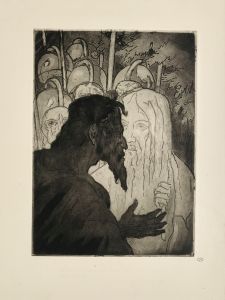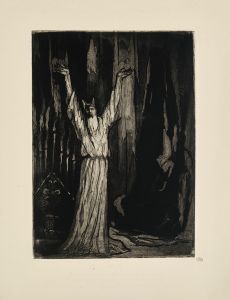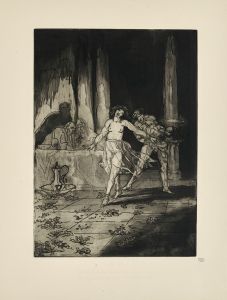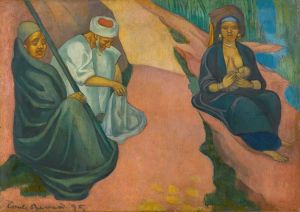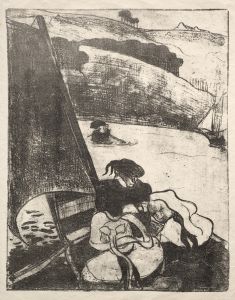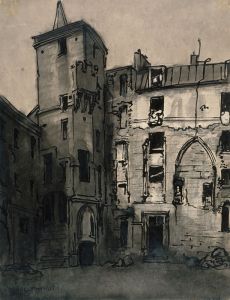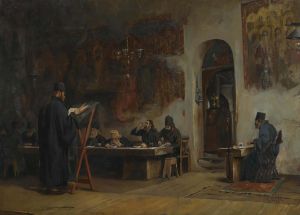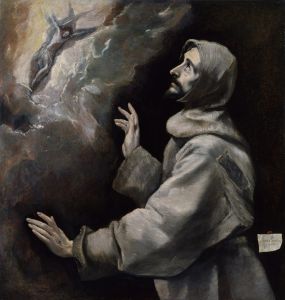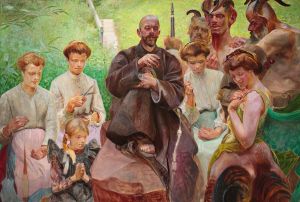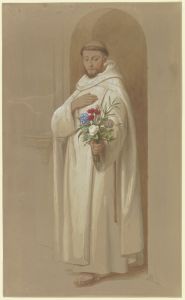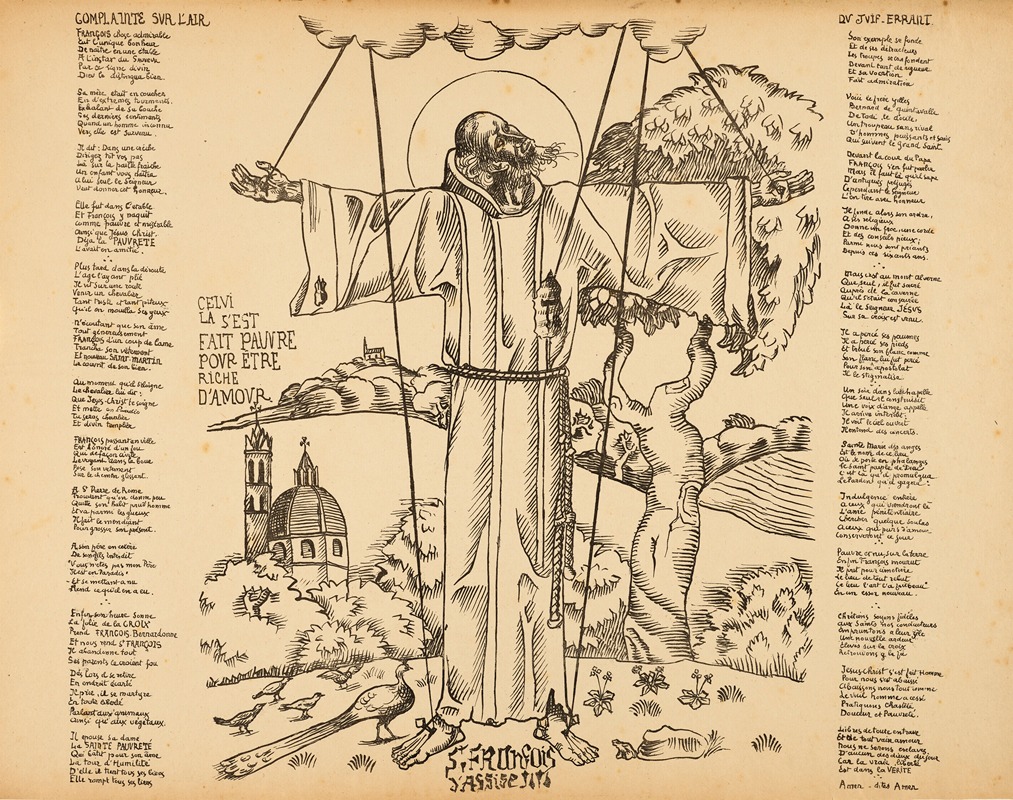
Saint François d’Assise
A hand-painted replica of Emile Bernard’s masterpiece Saint François d’Assise, meticulously crafted by professional artists to capture the true essence of the original. Each piece is created with museum-quality canvas and rare mineral pigments, carefully painted by experienced artists with delicate brushstrokes and rich, layered colors to perfectly recreate the texture of the original artwork. Unlike machine-printed reproductions, this hand-painted version brings the painting to life, infused with the artist’s emotions and skill in every stroke. Whether for personal collection or home decoration, it instantly elevates the artistic atmosphere of any space.
Émile Bernard was a French Post-Impressionist painter and writer, known for his significant contributions to the development of modern art in the late 19th and early 20th centuries. One of his notable works is "Saint François d’Assise," which reflects his interest in religious themes and his unique artistic style.
Émile Bernard was born on April 28, 1868, in Lille, France. He studied at the École des Beaux-Arts in Paris, where he became acquainted with other artists who would later become influential figures in the Post-Impressionist movement. Bernard is often associated with the Cloisonnism style, characterized by bold outlines and flat areas of color, which he developed alongside artists like Paul Gauguin.
"Saint François d’Assise" is a painting that exemplifies Bernard's interest in religious and spiritual subjects. Saint Francis of Assisi, the subject of the painting, was an Italian Catholic friar and preacher who founded the Franciscan Order. He is known for his devotion to poverty, humility, and the care of all living creatures, often depicted in art as a gentle figure surrounded by animals.
Bernard's depiction of Saint Francis is marked by his distinctive use of color and form. The painting likely features the saint in a serene and contemplative pose, reflecting his spiritual dedication and connection to nature. Bernard's use of color would have been deliberate, employing a palette that conveys the emotional and spiritual tone of the subject.
Throughout his career, Bernard was deeply influenced by his travels and interactions with other artists. His time in Brittany, where he worked closely with Gauguin, was particularly formative. The two artists exchanged ideas and techniques, with Bernard's work during this period showing a synthesis of Symbolist and Synthetist approaches. These influences are evident in "Saint François d’Assise," where Bernard's style bridges the gap between traditional religious iconography and modern artistic expression.
Bernard's exploration of religious themes was not limited to painting. He was also a prolific writer, and his essays and letters provide insight into his philosophical and artistic beliefs. His writings often reflect a deep interest in spirituality and the role of art in expressing the divine.
"Saint François d’Assise" is a testament to Bernard's ability to blend traditional religious themes with innovative artistic techniques. His work remains an important part of the Post-Impressionist movement, influencing subsequent generations of artists who sought to explore new ways of seeing and representing the world.
Émile Bernard continued to paint and write until his death on April 16, 1941. His legacy is preserved in museums and collections worldwide, where his works continue to be studied and appreciated for their contribution to the evolution of modern art. While specific details about "Saint François d’Assise" may be limited, the painting is representative of Bernard's broader artistic vision and his commitment to exploring the spiritual dimensions of human experience through art.





